Recently, a friend is asking, how many network surveillance cameras can a switch drive? Gigabit switches generally connect 2 million network cameras to connect a few 24 network heads, and a 24-port 100-megabit switch can't work? Here are some simple analysis of this type of problem!
First, according to the code stream and quantity of the camera1, camera stream
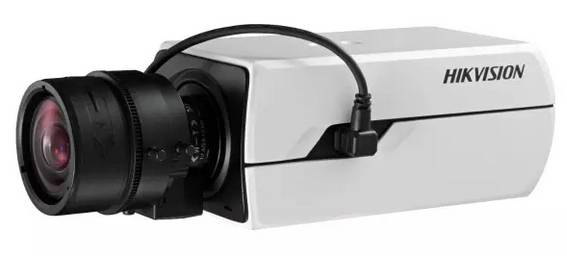
Before choosing a switch, you must first figure out how much bandwidth each image takes.
2, the number of cameras
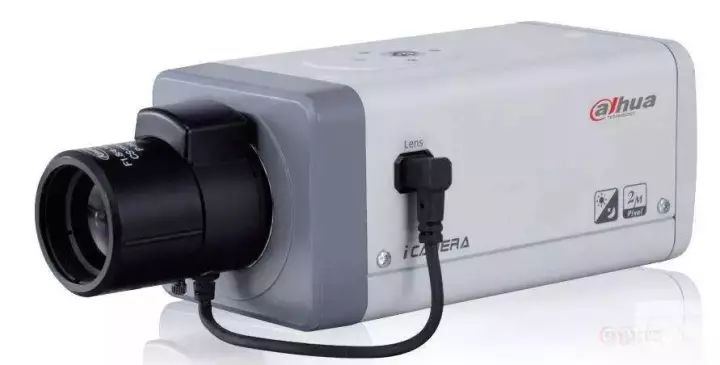
To figure out the bandwidth capacity of the switch. Common switches have hundreds of megabyte switches and gigabit switches. Their actual bandwidth is typically only 60-70% of the theoretical value, so the available bandwidth of their ports is roughly 60Mbps or 600Mbps.
Example:
Look at the single stream based on the brand of the network camera you are using, and then estimate how many cameras a switch can pick up.
such as:
11.3 million: 960p camera single stream is usually 4M, with 100M switch, then you can connect 15 (15 × 4 = 60M); with Gigabit switch, you can connect 150 (150 × 4 = 600M).
22 million: 1080P camera single stream is usually 8M, with 100M switch, can connect 7 (7 × 8 = 56M); with Gigabit switch, can connect 75 (75 × 8 = 600M) These are the mainstream The H.264 camera is an example for everyone to explain, H.265 is halved.
In terms of network topology, a local area network is usually two to three layers. The end of the camera is the access layer, usually a hundred-megabit switch is enough, unless you have a lot of cameras on a switch.
The aggregation layer and the core layer are calculated according to how many road images are gathered by the switch. The calculation method is as follows: if the 960P network camera is connected, generally 15 channels of images are used, and 100 megabit switches are used; if more than 15 channels are used, Gigabit switches; if 1080P network cameras are connected, generally 8 channels of images are used, and 100 megabytes of switches are used. The 8-way uses Gigabit switches.
Second, the choice of the switchThe monitoring network has three layers of architecture: core layer, aggregation layer, and access layer.
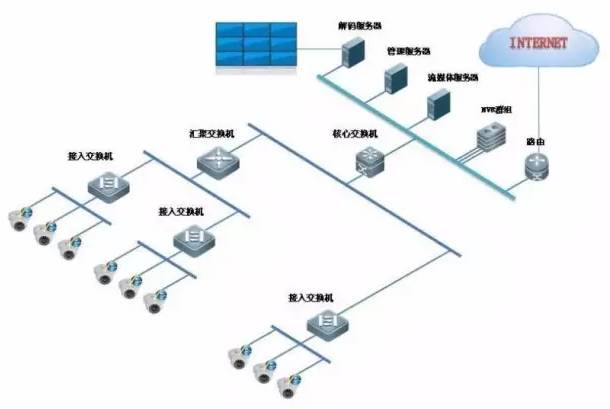
1. Selection of access layer switches
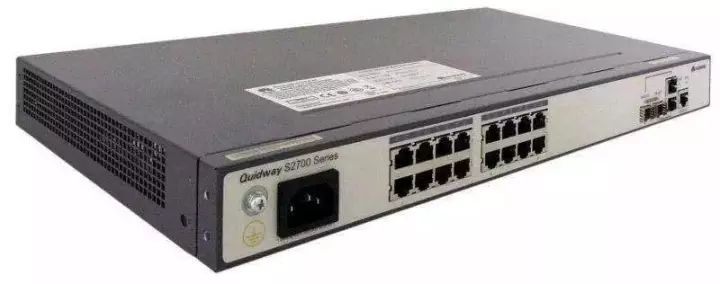
Condition 1: Camera stream: 4Mbps, 20 cameras are 20*4=80Mbps.
That is to say, the access port of the access layer switch must meet the transmission rate requirement of 80Mbps/s, considering the actual transmission rate of the switch (usually 50% of the nominal value, 50M of 100M), so the access layer The switch should use a switch with a 1000M upload port.
Condition 2: The bandwidth of the backplane of the switch. If you select a 24-port switch with two 1000M ports and a total of 26 ports, the bandwidth requirement of the switch backplane of the access layer is: (24*100M*2+1000*2*2) ) / 1000 = 8.8 Gbps backplane bandwidth.
Condition 3: Packet forwarding rate: The packet forwarding rate of a 1000M interface is 1.488 Mpps/s, and the switching rate of the access layer is: (24*100M/1000M+2)*1.488=6.55Mpps.
According to the above conditions: When there are 20 720P cameras connected to a switch, the switch must have at least one 1000M upload port and more than 20 100M access ports to meet the demand.
2, the choice of aggregation layer switch

If there are 5 switches in total, each switch has 20 cameras and the code stream is 4M, then the traffic of the aggregation layer is: 4Mbps*20 *5=400Mbps, then the upload port of the aggregation layer must be 1000M or more.
If five IPCs are connected to one switch, an 8-port switch is generally required. Does the 8-port switch meet the requirements? You can see the following three aspects:
Backplane bandwidth: Port number* Port speed*2=Backplane bandwidth, ie 8*100*2=1.6Gbps.
Packet exchange rate: port number * port speed / 1000 * 1.488 Mpps = packet exchange rate, that is, 8 * 100 / 1000 * 1.488 = 1.20 Mpps.
The packet exchange rate of some switches is sometimes calculated to fail to meet this requirement. Therefore, it is a non-wire-speed switch, which is prone to delay when performing large-capacity throughput.
Cascading port bandwidth: IPC code stream * number = minimum bandwidth of the upload port, that is, 4.*5=20Mbps. In general, when the IPC bandwidth exceeds 45Mbps, it is recommended to use a 1000M expansion port.
Third, how to choose the switchFor example, there is a campus network, more than 500 high-definition cameras, and a code stream of 3 to 4 megabytes. The network structure is divided into an access layer-aggregation layer-core layer. Stored in the aggregation layer, each aggregation layer corresponds to 170 cameras.
The problem: how to choose the product, the difference between 100 Mbps and Gigabit, what are the reasons for the image transmission in the network, and what factors are related to the switch...
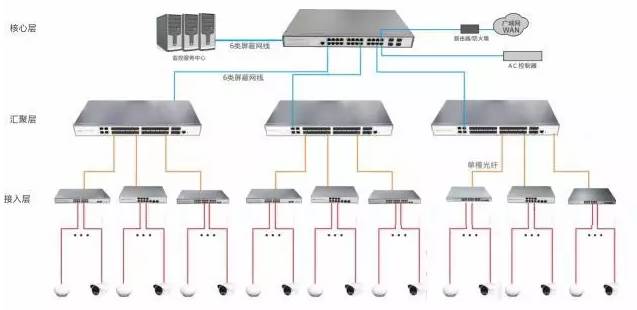
1, backplane bandwidth
The sum of all port capacity x port numbers should be less than the nominal backplane bandwidth, enabling full-duplex, non-blocking wire-speed switching, proving that the switch has the highest data exchange performance.
For example, a switch with up to 48 Gigabit ports should have a full configuration capacity of 48 × 1G × 2 = 96Gbps to ensure non-blocking wire-speed packet switching when all ports are in full duplex. .
2, packet forwarding rate
Full configuration packet forwarding rate (Mbps) = full configuration GE port number × 1.488 Mpps + full configuration 100 Mbps port number × 0.1488 Mpps, of which 1 gigabit port has a theoretical throughput of 1.488 Mpps when the packet length is 64 bytes.
For example, if a switch can provide up to 24 Gigabit ports and the claimed packet forwarding rate is less than 35.71 Mpps (24 x 1.488 Mpps = 35.71), then there is reason to believe that the switch uses a blocking structure design.
Generally, a switch with a backplane bandwidth and a packet forwarding rate is a suitable switch.
A switch with a relatively large backplane and relatively small throughput, in addition to retaining the ability to upgrade and expand, is a problem with software efficiency/special chip circuit design; a switch with a relatively small backplane and relatively large throughput has a relatively high overall performance.
The camera stream affects the resolution, usually the stream setting of the video transmission (including the encoding and decoding capabilities of the encoding transmitting and receiving devices, etc.), which is the performance of the front-end camera, independent of the network.
Usually, users think that the definition is not high, and the idea that is caused by the network is actually a misunderstanding.
According to the above case, calculate:
Code stream: 4Mbps
Access: 24*4=96Mbps<1000Mbps<4435.2Mbps
Convergence: 170*4=680Mbps<1000Mbps<4435.2Mbps
3, access switch
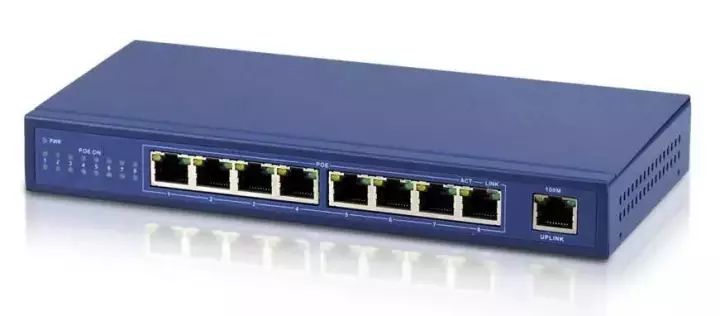
The link bandwidth between the access and the aggregation is mainly considered, that is, the uplink link capacity of the switch needs to be larger than the number of cameras * code rate accommodated at the same time.
In this way, video real-time recording is no problem, but if a user sees the video in real time, it needs to consider this bandwidth. The bandwidth occupied by each user to view a video is 4M, if each camera of an access switch is If one is watching, you need the camera's *code rate*(1+N) bandwidth, which is 24*4*(1+1)=128M.
4, aggregation switch

The aggregation layer needs to process the 3â€4M code stream of 170 cameras (170* 4M=680M) at the same time, which means that the aggregation layer switch needs to support the forwarding capacity of 680M or more at the same time. Generally, the storage is connected to the aggregation, so the video recording is line-speed forwarding.
However, considering the bandwidth of real-time monitoring, each connection occupies 4M, and a 1000M link can support 250 cameras to be debugged. Each access switch is connected to 24 cameras, 250/24, which is equivalent to the network can withstand the pressure of real-time viewing of 10 users at the same time.
5, the core switch
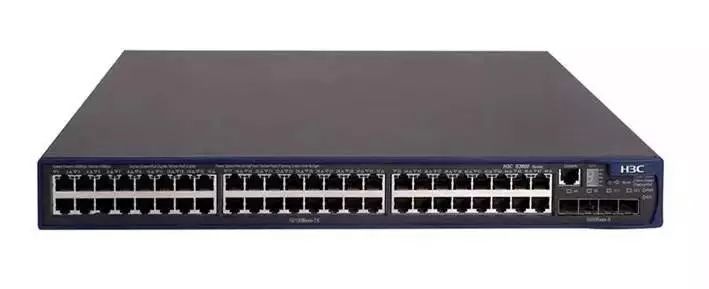
The core switch needs to consider the switching capacity and the link bandwidth to the aggregation. Because the storage is placed at the aggregation layer, the core switch does not have the pressure of video recording, that is, just consider how many people watch video at the same time.
Assume that in this case, there are 10 people watching at the same time, each person watching 16 channels of video, that is, the exchange capacity needs to be greater than 10*16*4=640M.
6, switch selection focus
When video surveillance in a local area network is used for switch selection, the choice of the access layer and the aggregation layer switch usually only needs to consider the factor of switching capacity, because users usually connect and acquire video through the core switch.
In addition, since the main pressure is at the aggregation layer switch, it is very important to select the applicable aggregation switch because it has to bear the monitoring of the stored traffic and the pressure to view the monitoring in real time.
Description of bouncing doll cover sleeve
This kind of jumping boucing doll can make the kids so strange because of its jumping by itself.
1. Round PET Braided Expandable Sleeve
2. Green and Halogen Free
3. Flexible and Lightweight
4. Cut with Different Length According to Client's Requirements
5. Popular to Kids Playing
Boucing doll sleeve's material is PET expandable braided sleeve compiled by the Environmental Protection PET filament diameter monofilament 0.20mm or 0.25mm's made with good flexibility, flame resistance, abrasion resistance and heat resistance, network management can be easily expanded to the original 150% , and it is easy to tighten the various irregularly shaped objects, which can be maintained within a wide temperature range while maintaining a soft, can inhibit chemical corrosion, UV and friction, characterized by its unique mesh also has good ventilation, wire heat diffusion function in a timely manner.
Jump Doll Sleeve,Jump Doll Sleeving,Jump Kid Toy ,Sleeve For Bouncing Doll
Shenzhen Huiyunhai Tech.Co.,Ltd , https://www.hyhbraidedsleeve.com